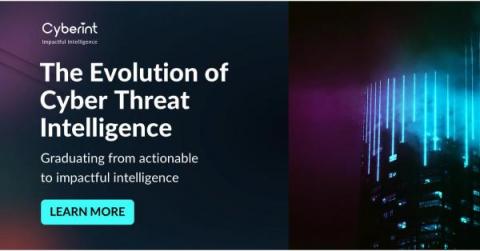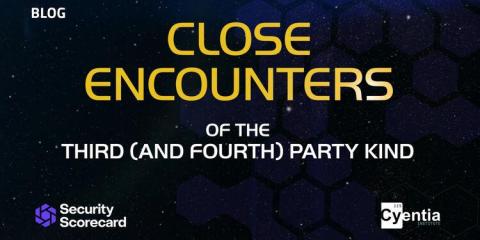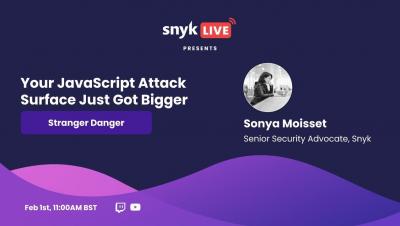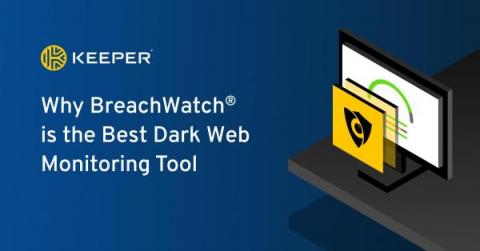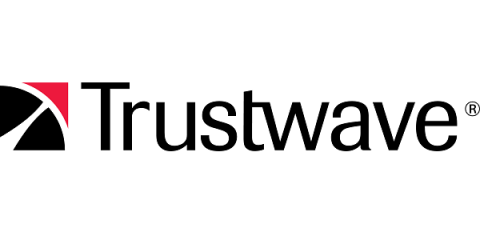Security | Threat Detection | Cyberattacks | DevSecOps | Compliance
Security
The Evolution Of Cyber Threat Intelligence: Graduating From Actionable To Impactful
The top 8 Cybersecurity threats facing the automotive industry heading into 2023
The content of this post is solely the responsibility of the author. AT&T does not adopt or endorse any of the views, positions, or information provided by the author in this article. Most, if not all, industries are evolving on a digital level heading into 2023 as we take the journey to edge computing. But the automotive industry is experiencing technological innovation on another level.
Close Encounters of the Third- (and Fourth-) Party Kind: The Blog
With organizations becoming increasingly digitally connected, a lack of visibility into their vendors’ security diligence has made exploiting these relationships a go-to tactic for cybercriminals. So, what can organizations do to minimize risk stemming from their business ecosystems?
Sysdig 2023 Cloud-Native Security and Usage Report
The sixth annual Sysdig Cloud-Native Security and Usage Report digs into how Sysdig customers of all sizes and industries are using, securing, and paying for cloud and container environments. We examined the data and found some interesting trends that may help you as you work to develop best practices for securing and monitoring your cloud-native environments. This year’s report has new data on cloud security, container vulnerabilities, and Kubernetes cost optimization.
Hello CISO - Episode 7: Secrets management and infrastructure
Stranger Danger: Your JavaScript Attack Surface Just Got Bigger
Why BreachWatch is the Best Dark Web Monitoring Tool
Dark web monitoring is an important tool that gives businesses and people insight into what information about them is available on the dark web. A dark web monitoring tool works by scanning thousands of websites, searching for your credentials and personal information. However, not all dark web monitoring tools and services are built the same. Different services offer different features when scanning through lists of stolen credentials and personal data.
The Genesis of Trustwave's Advanced Continual Threat Hunt
Trustwave’s recent revamp of its Advanced Continual Threat Hunt (ACTH) platform was inspired by the need to scale to meet a growing client base amid an ever-increasing threat landscape. Now with a patent-pending methodology, the SpiderLabs Threat Hunt team can conduct significantly more hunts and has an unprecedented ability to find more threats.
How to Introduce a New Service Efficiently Using Clean Architecture
Have you ever built a brand-new service on top of an existing bigger system? Why did you decide not to include new features in the existing system? How quickly did your team manage to implement the MVP? From a time perspective, was it a good choice? Is it possible to deliver fast and still keep good architecture and the highest code quality? I’d like to give you some insight into how we approach such challenges at Egnyte.



